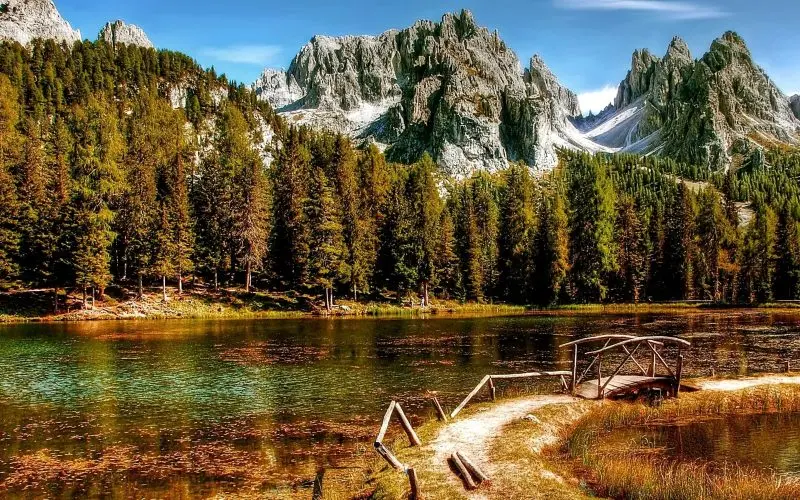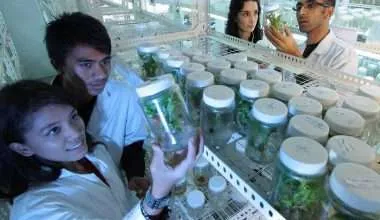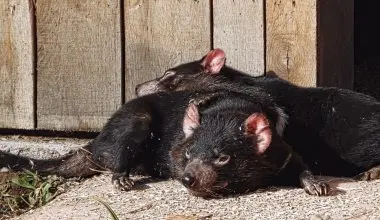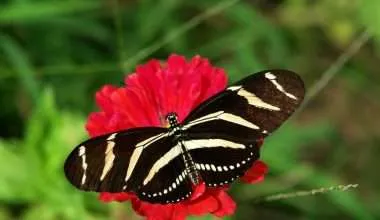Table of Contents Show
Eutrophication is a serious environmental problem which reduces the amount and quality of water available to the ecosystem, which in turn reduces the amount of species in the ecosystem. In short it alters the natural ecosystem in which it is occurs.
Eutrophication is a phenomenon in which excess nutrition becomes available to the water body of an ecosystem which allows for limitless production of algae and aquatic plants resulting in a decrease in the number of fish species and also a decrease in the quantity and quality of water.
Naturally, all bodies of water are being subjected to eutrophication. Although this is a slow process, it may be increased with the addition of human pollution which is called “Cultural Eutrophication “. Cultural eutrophication causes major changes in the water with the addition of excess amount of nutrients; mainly phosphate and nitrates.
These structural changes are based on three major causes of eutrophication which include:
- Loss of purification capacity of water
- Waste-water being discharged into water bodies, e.g. Rivers, Lakes.
- Use of fertilizers on farmlands that are washed away from soil into rivers and lakes.
Cultural eutrophication is affecting millions of lakes, rivers, waterways and other various water bodies throughout the world.
Mechanism of Cultural Eutrophication:
This is where I tell you about the Process of Cultural Eutrophication.
Eutrophication kicks in when one or more of the factors needed for photosynthesis are available in significant quantity to cause excess growth of photosynthetic organisms such as algae.
The algae having so many potential factors for its growth, grows uncontrollably, making a large amount of organic mass which starts to degrade. As more and more organic matter accumulates, the demand for oxygen from the water increases until there is no more dissolved oxygen to support the algae.
This leads to death of algae. The dead algae are removed by the anaerobic organisms due to the oxygen-free environment where they are able to thrive and grow sufficiently to degrade the algae.
The deprivation of oxygen and the formation of toxic compounds lead to a decrease in the number of species and the loss of biodiversity within the ecosystem. All this is determined by the difference in the rate of death of algae and the rate at which oxygen regeneration is occurring.
Effects of Cultural Eutrophication:
Eutrophication is a widespread issue mainly in Northern America and Europe. Mostly, eutrophication leads to easily detectable algal blooms which turn the water green in color as there are numerous amount of algae situated on the surface of the water.
1. Blocks Sunlight:
Algae deposition blocks the amount of sunlight that is able to reach the photosynthetic organisms of that water body and this makes it almost impossible for them to photosynthesize. As there is no photosynthesis being carried out, no oxygen is being produced that may help the fishes of the ecosystem to survive and respire. This not only leads to the death of the photosynthetic organisms, but the species which depend on them for oxygen. This causes a significant reduction in the quantity and quality of fish available.
2. Loss of oxygen
As the organisms which produce oxygen start to die out, the oxygen-dependent species start to suck out as much as oxygen as they can from the water further depleting the oxygen concentration. Soon these species also start to die eventually creating a dead zone with no species or oxygen available for them.
3. Damage to quality of drinking water
Algae and cyanobacteria make the water almost impossible to be purified by water treatment plants. This is due to the numerous toxins, unwanted organic compounds and bad undesirable odor. They have the potential to poison the livestock which graze around lake or waterways resulting in their unfortunate demise. These poisonous substances include hydrogen sulfide and nitrites.
4. Damage to the landscape of the area
Tourists may not plan to visit these once potential tourist attractions for bathing due to the bad odor of the area and the susceptibility of getting a disease or being poisoned by the toxic substances being produced.
Prevention and Control of Eutrophication
After discussing the serious consequences on the ecosystem due to eutrophication and effects on all living organisms closely associated to this, serious actions need to be taken to prevent further damage from this process.
Some of the solutions to eutrophication which are being carried out, and can be improved upon are:
1. Increased Monitoring of Water Quality
Scientists and Environmentalist must carefully monitor the quality of fresh water in ponds, lakes and any potential site for eutrophication so that it can be prevented before it may commence. It is also the responsibility of the government to carry out these investigations.
2. Better Water Filtration systems
Improvements must be carried out in the water treatment systems available so they may work more efficiently in reducing the unwanted substances in the water. Even if we are assured that the water coming from the water-treatment plants is clean drinking water, it doesn’t hurt to filter it once again at home. A number of water filtration systems could help you out in this regard.
3. Oxygenation of Water
A water body devoid of oxygenation may still be brought to life by oxygenating it again thereby reducing or very well reversing the effects of eutrophication.
4. Use Organic Detergents
Detergents which contain high amount of phosphates should have restrictions regarding the concentration of phosphates that should be in the detergents. We should also choose organic detergents for washing clothes.
5. Remove Excessive phosphates from water
Excessive phosphates may be removed by the addition of salts of aluminum, iron or calcium carbonate which form compounds of phosphates which reduces the concentration of phosphate ion in the water.
6. Restrict use of chemical fertilizers
The use of fertilizers for growing higher yield crops should be restricted especially in those areas which are likely to undergo eutrophication. Slow releasing fertilizers can also be used which do not suddenly change the nature of the nearby water body. Similarly, water bodies near to farmlands should be tested more frequently.
7. Introduce species that eat Algae
Introduce species which feed on algae and cyanobacteria to reduce their numbers within the water. Even though the numbers would be increasing due to the process of eutrophication, these species will certainly balance the number of algae and cyanobacteria.
8. Educate and Raise Awareness
Educate the masses and raise awareness regarding cultural eutrophication and how the populations are increasing the chances of eutrophication. Explain to them the causes and effects of eutrophication and how their actions can help prevent eutrophication.
9. Educate and Restrict Farmers
Farmers should be widely informed about how the use of fertilizers bringing about eutrophication and how they must be cautious regarding the use of fertilizers. Strict action must be taken against them if they carelessly cause environmental damage due to excessive use of fertilizers leading to eutrophication even with prior knowledge of its consequences.





